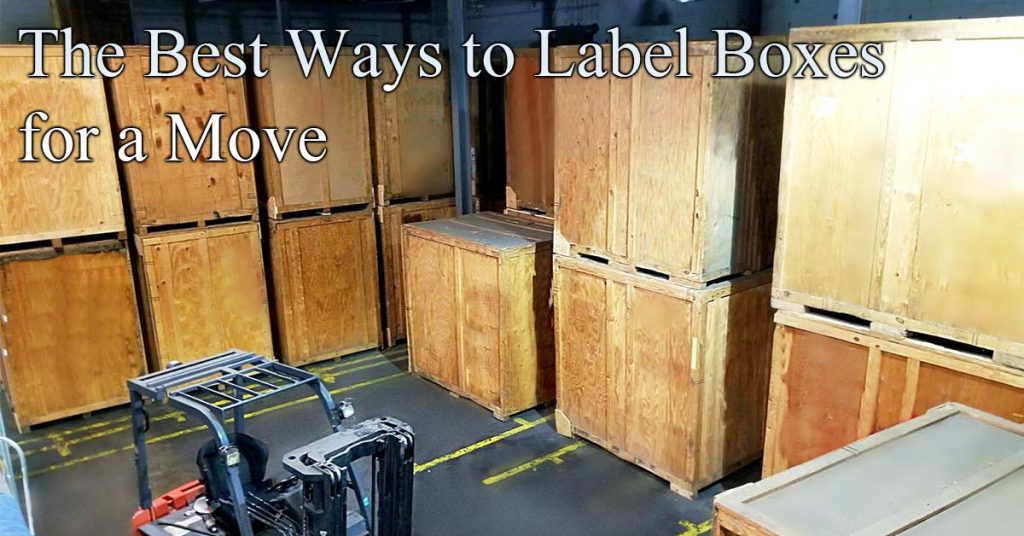Moving can be a challenging and stressful task but proper organization and labeling can make the process much smoother. Labeling boxes effectively not only helps you stay organized during the move but also ensures an easy unpacking experience in your new home. In this article, we will explore the best ways to label boxes for a move, providing you with practical tips and techniques to streamline the entire process.
Start with a Comprehensive Inventory
Before you begin packing, it’s essential to create a detailed inventory of all the items you plan to move. This inventory will serve as a reference throughout the labeling process. This step will help you stay organized and make it easier to locate specific items later.
Choose a Clear and Consistent Labeling System
Consistency is the key when it comes to labeling boxes for a move. Select a labeling system that is easy to understand and use it consistently across all your boxes. A simple and effective method is to assign a unique number to each box and create corresponding labels OR tags along with the box number.
Use Color-Coded Labels or Stickers
Color-coded labels or stickers can significantly simplify the moving process. Assign a specific color to each room in your new home and label the corresponding boxes with the appropriate color.
For example: you can use red labels for the kitchen, blue for the bedroom, and so on. This visual cue allows moving company miami to quickly identify where each box belongs, saving time and effort during the unpacking stage.
Clearly Mark Fragile Items
To ensure the safety of delicate or fragile items, it is crucial to clearly mark them as such. Use bright-colored labels or stickers that specifically indicate “Fragile” on boxes containing breakable items. Additionally, consider using extra padding or bubble wrap to protect fragile items and prevent from damage during transit.
Prioritize Essential Boxes
When moving, it’s important to have easy access to essential items upon arrival at your new home. Pack a separate set of boxes containing essential items, such as toiletries, change of clothes, bedding & basic kitchen supplies. Clearly label these boxes as “Essentials” or “Open First” to ensure they are unpacked first. This way, you won’t have to dig through numerous boxes to find the essentials right away.
Label Based on Function OR Usage
Consider labeling boxes based on their specific usage.
For example: instead of merely labeling a box as “Kitchen,” you can add further details, such as “Pots and Pans” or “Small Appliances.” This level of specificity will make it easier to prioritize unpacking based on your immediate needs and preferences.
Utilize Labels with Tear-Off Tabs
Labels with tear-off tabs are an ingenious way to keep track of box contents while simplifying the unpacking process. Write a brief description of the contents on the main label and attach a tear-off tab listing more detailed information. This method allows you to quickly scan the boxes to get an overview of their contents, without needing to open them immediately.
Create a Master List
To stay organized during the move and ensure nothing gets lost in the shuffle, create a master list of all your boxes and their contents. This list will serve as a reference when unpacking and will help you keep track of all your belongings. Additionally, you can number the boxes on your master list to correspond with the box numbers you assigned earlier. This way, you can easily cross-reference the list to locate specific items.
Conclusion
In conclusion, effective labeling is a crucial aspect of successful move. By following these best practices, you can streamline the packing and unpacking process, reduce confusion, and ensure that your belongings arrive safely at your new home.

